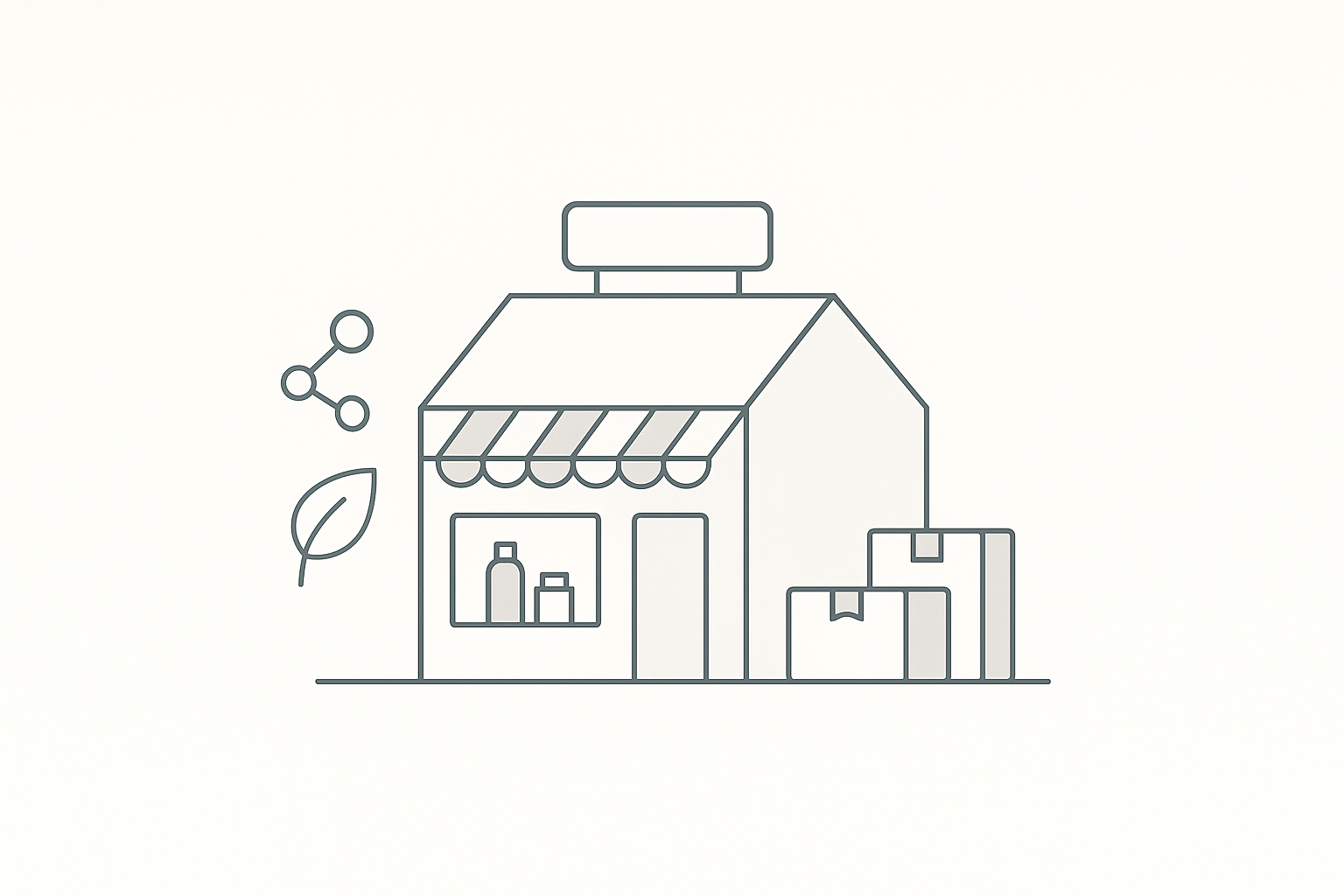We’re in a moment of accelerated change for commerce. Between shifting supply chains, stronger customer expectations for sustainability and transparency, and quickly maturing AI tools, the challenges are real — but so are the opportunities. Small retailers have an advantage: agility. If you act intentionally, you can turn uncertainty into competitive edge.
Over the past few years, supply shocks have gone from rare disruptions to everyday reality. Rather than hoping for stability, treat volatility as a design principle. Diversify your supplier base so no single delay jeopardizes your entire catalogue, and give your most critical products a higher safety stock. When lead times stretch, consider pre‑orders, communicate clear delivery timelines, and invite your customers into the process; honesty builds patience and loyalty. Even partial regional localization — a small warehouse closer to your customers — shortens transit, reduces returns and brings your brand closer to the people it serves.
Sustainability is no longer a marketing slogan; it’s a practical choice that customers are actively weighing when they decide where to shop. Start with simple packaging changes: recyclable or compostable mailers, minimal padding, and visible recycling instructions send a clear signal without breaking the bank. Be candid about tradeoffs: explain when you’re using recycled materials and why some products can’t be easily recycled, and offer creative reuse ideas. Pick a few metrics that matter, like packaging weight, percentage of recycled content and return rates, and report on them regularly. Offering repair, refill or trade‑in programs keeps products in circulation, reduces environmental impact and shows customers you care.
Technology can help you scale these efforts without sacrificing personal connection. AI‑driven tools can improve demand forecasting, but pair machine predictions with human judgment for new launches or promotions so you don’t over‑ or under‑stock. Automated chatbots can handle routine order inquiries around the clock, freeing your team to solve more complex problems, while personalised recommendations make each customer feel seen. Experiment with AI in small, measurable ways and roll out what works. As you head into peak seasons, prepare early: set and advertise shipping cut‑off dates, design promotions that preserve margin, and make sure support staffing is ready to handle spikes.
At the heart of all of this is trust. The story of your products — where they come from, who makes them, why they matter — is still the most powerful differentiator. Generous return policies, fast and transparent communication, and a willingness to partner with local groups or spotlight your customers will earn you loyalty that no algorithm can replicate. Change is the only constant in retail today, but with clarity, flexibility and human connection, small retailers can not only survive — they can thrive.



Share: